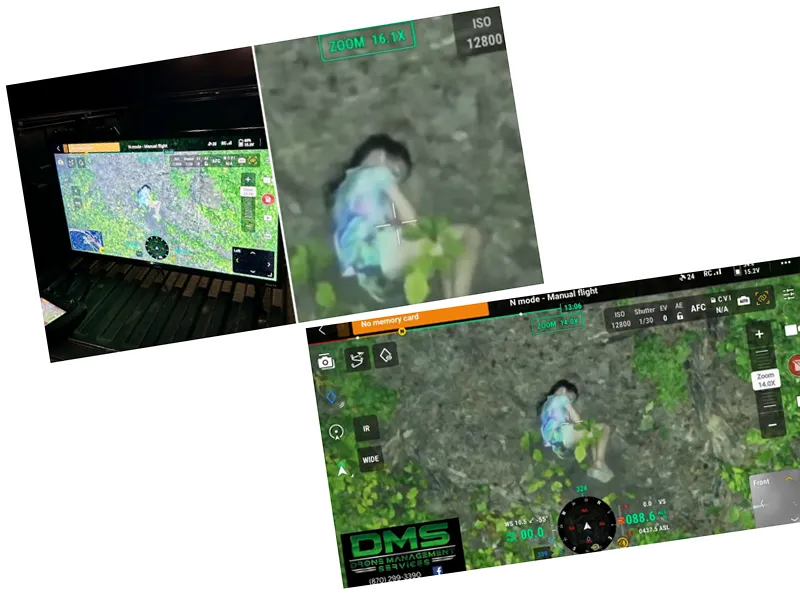More than a month after being bitten on the leg by a violinist spider while gardening, a 23-year-old Italian, Giuseppe Russo, tragically lost his life due to complications from the bite. This incident marks the second fatality linked to the violinist spider (Loxosceles rufescens) in Italy this summer, following the death of a 52-year-old Sicilian in July. Russo succumbed to septic shock and organ failure at the Policlinico hospital in Bari, Puglia, on Saturday, having been initially bitten while working in the countryside on July 13. Medical sources report that he mistook the bite for a mosquito sting, but the condition rapidly worsened, leading to necrosis in his leg. Clinical investigations are currently underway as the country grapples with the rising concern over these spider bites.
Understanding the Violinist Spider
The violinist spider, identifiable by its distinctive violin-shaped marking, is prevalent in Mediterranean countries, Asia, and North America. Typically small, measuring up to 7.5 mm, this spider thrives in arid environments and is often found in gardens and near homes. While it primarily preys on small insects, its bites can lead to severe medical complications, particularly for those who may not recognize the symptoms early enough. Last year, another victim was discovered dead in a hotel room in central Italy after suffering from a bite. The increasing frequency of such incidents raises awareness about the dangers posed by this seemingly innocuous creature.
Health officials urge the public to be vigilant while gardening or working in areas where these spiders may reside. Proper identification and understanding of the violinist spider's behavior can help prevent further tragedies. It's essential for individuals to seek immediate medical attention if they suspect a spider bite, as timely treatment can be crucial in avoiding severe complications.






